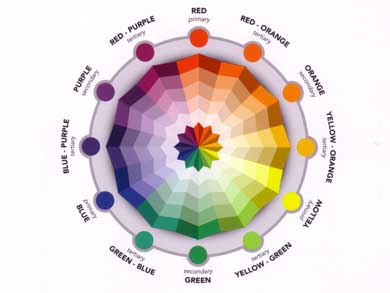Decorate Your House in the Shades of Your Mood
Choosing a paint color is undoubtedly the most exciting part of the entire project! Much of this is due to the psychological influences various colors can have. Colors affect emotions considerably and are classified into active, passive, and neutral!
Look deep into your home
When choosing a color, it’s important to find your personal connections to your home. Obviously, the viewpoints of all family members are equally important. You cannot decide the color of your bedroom walls without consulting your spouse! You need to talk with the children before setting the shades for their rooms. In fact, choosing your home paint color can actually be a great family bonding time!
You may want to prepare mood boards to simplify the choice. Everyone in the home can provide swatches of their favorite experiences (in color). When the board is complete, you will be able to make a decision more easily. Make sure to consider the style and color of the furniture while making your choice.
The significance of colors
The choice of colors is limited primarily into a few main shades. Each color presents a diverse palette. You can always order color swatches.
You may use color combinations or uniform shades. Complimentary colors create classic combinations. These are exactly opposite to each other on the color wheel. Monochromatic colors are the ones that have the same hue, but are different in tone. Remember that the color on the swatch will look darker than when you will apply it in reality. Select accordingly.
Significance of common colors
Red: It is the perfect color for a room meant to be passionate. It is not a good choice for children’s rooms.
Orange: Orange is quite a popular shade because it is very energetic and homely at the same time.
Yellow: The color of sunshine and sunflowers is warm and welcoming.
Green: It is great choice for homeowners in love with the outdoors. Green connects the room to nature.
Blue: Blue is calming; it’s very popular in bedrooms.
Violet: a wonderfully balanced option that mixes the essence of red and blue.
You can also use colors to create illusory effects. Painting the ceiling a shade darker than that of the walls can create the illusion of lowering it. Similarly, you can ‘lift’ your roof with a ceiling color lighter than that on the walls. You can condense the impression of a large room by using warm colors or dark neutrals. A small room can appear larger when you use light colors. Decide all aspects and choose accordingly.





